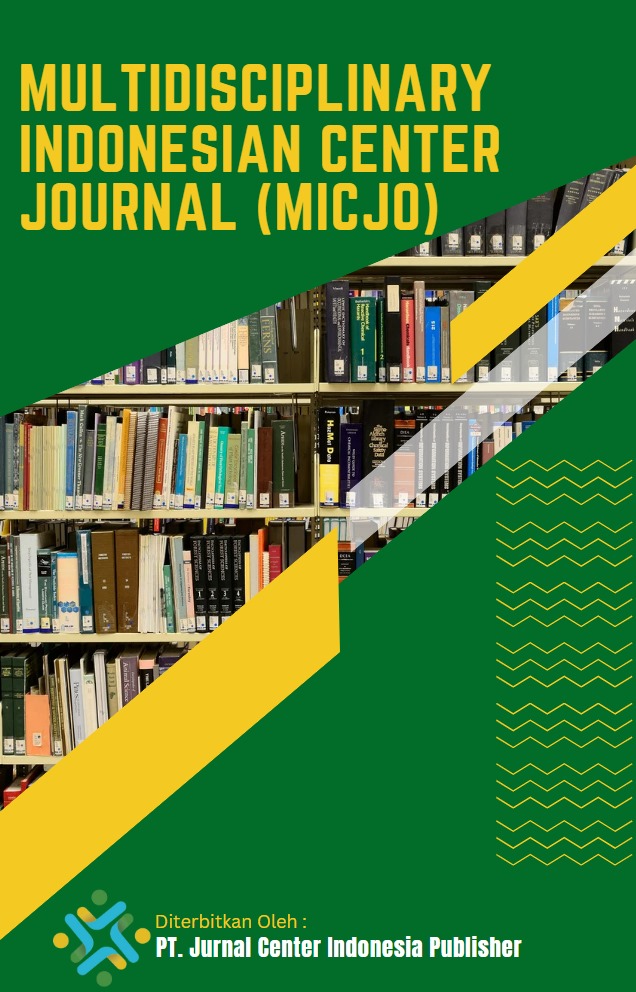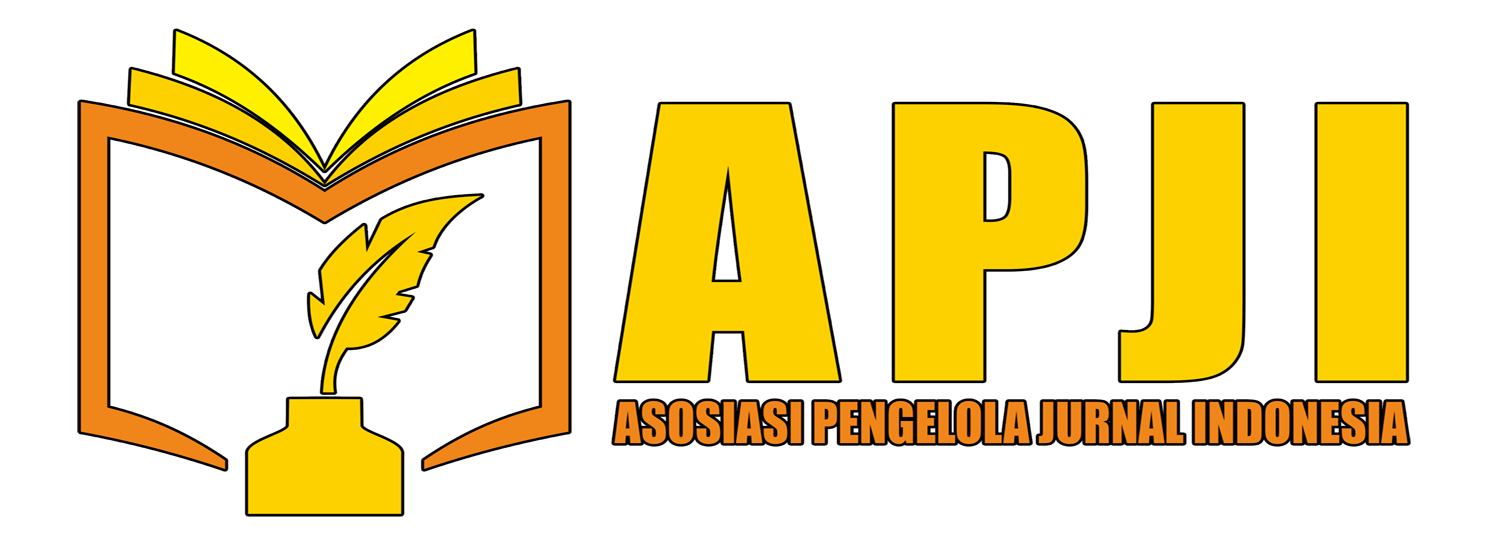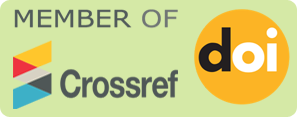CANVA APPLICATION INTEGRATION AS A DIGITAL INNOVATION TO IMPROVE TEACHER CREATIVITY IN KKG KENANGA
DOI:
https://doi.org/10.62567/micjo.v2i4.1431Keywords:
Canva, digital innovation, teacher creativity, Kenanga KKG, learning mediaAbstract
This study aims to describe the integration of the Canva application as a digital innovation to enhance teacher creativity in the Kenanga Teacher Working Group (KKG). The background of this research stems from the need for teachers to adapt to developments in educational technology and create learning media that are engaging, interactive, and relevant to the characteristics of 21st-century learners. The research method used was descriptive qualitative, with teachers who were members of the Kenanga KKG. Data were collected through observation, interviews, and documentation of training activities and the implementation of Canva in the learning process. The results indicate that the use of Canva can improve teachers' abilities in designing creative and communicative digital learning media. Furthermore, the collaborative training and mentoring activities within the KKG also fostered increased digital competence and teachers' confidence in innovation. Thus, the integration of Canva within the Kenanga KKG environment has proven effective as an effort to strengthen teacher professionalism in the digital era.
Downloads
References
Akman, E. (2025). The impact of AI-based visual design activities on student outcomes. Interactive Learning Environments, 33(4), 512–526.
Amemasor, S. K., et al. (2025). A systematic review on the impact of teacher professional development on digital instructional practices. Frontiers in Education, 10(1), 1–15.
Creswell, J. W., & Poth, C. N. (2018). Qualitative inquiry and research design: Choosing among five approaches. In (4th ed.). SAGE Publications.
Halim, N. D. A., & Hashim, H. (2019). Integrating digital tools in teaching and learning: Teachers’ perceptions and challenges. International Journal of Academic Research in Business and Social Sciences, 9(11), 1299–1310.
Majid, M. A. (2025). he performance of Canva as a digital teaching tool. Journal of Educational Technology, 8(2), 44–52.
Merriam, S. B., & Tisdell, E. J. (2016). Qualitative research: A guide to design and implementation. In (4th ed.). Jossey-Bass.
Miles, M. B., Huberman, A. M., & Saldaña, J. (2014). Qualitative data analysis: A methods sourcebook. In (3rd ed.). SAGE Publications.
Prado-Pedroso, J. E. (2024). Students’ views on using Canva as an all-in-one tool for learning. CAPDR Conference Proceedings, 2(1), 77–86.
Prasasti, D., Hidayat, N., & Lestari, P. (2025). Effectiveness of using Canva application to improve learning outcomes. Jurnal Basica Pendidikan Dasar, 9(1), 33–42.
Rahmawati, S., & Setiawan, D. (2022a). . Pemanfaatan aplikasi Canva dalam meningkatkan kreativitas guru dalam pembuatan media pembelajaran digital. Jurnal Inovasi Pendidikan Dasar, 6(2), 101–110.
Rahmawati, S., & Setiawan, D. (2022b). Pemanfaatan aplikasi Canva dalam meningkatkan kreativitas guru dalam pembuatan media pembelajaran digital. Jurnal Inovasi Pendidikan Dasar, 6(2), 101–110.
Regondola, J. (2025). Effect of implementing visual learning materials on academic engagement. Journal of Academic Research in Education, 12(1), 65–74.
Sari, I. K. (2023). Using Canva to improve the creativity of elementary students. Seminar Nasional Teknologi Pendidikan UST Yogyakarta, 2(1), 88–95.
Spante, M., Hashemi, S. S., Lundin, M., & Algers, A. (2018). Digital competence and digital literacy in higher education research: Systematic review of concept use. Cogent Education, 5(1), 1519143. https://doi.org/10.1080/2331186X.2018.1519143
Stavermann, K. (2025). Online teacher professional development: A research synthesis. Educational Technology & Society, 28(3), 102–118.
Tan, X. (2024). Artificial intelligence in teaching and teacher professional development: A systematic review. Teaching and Teacher Education, 13(2), 104–127.
Tracy, S. J. (2020). Qualitative research methods: Collecting evidence, crafting analysis, communicating impact. In (2nd ed.). Wiley-Blackwell.
Trust, T., Carpenter, J. P., & Krutka, D. G. (2020). Leading by learning: Exploring the professional learning networks of instructional leaders. Educational Media International, 57(3), 193–211. https://doi.org/https://doi.org/10.1080/09523987.2020.1803858
Wulandari, T. (2021). Penggunaan teknologi digital dalam pembelajaran untuk meningkatkan kreativitas guru. Jurnal Teknologi Pendidikan Indonesia, 10(1), 45–53.
Downloads
Published
How to Cite
Issue
Section
License
Copyright (c) 2025 Desnora Sahriaty Siregar, Nur Asiah Jamil Nasution, Cindy Ayu Lestari, Hamka

This work is licensed under a Creative Commons Attribution-ShareAlike 4.0 International License.


















